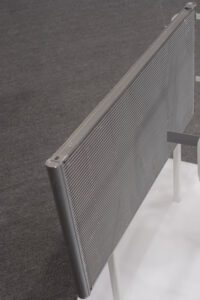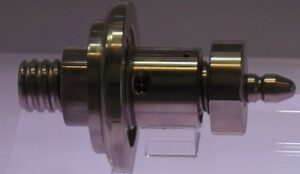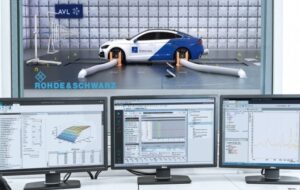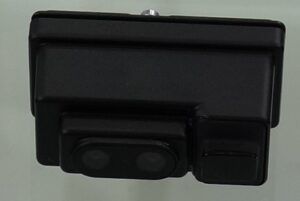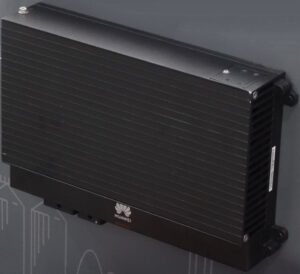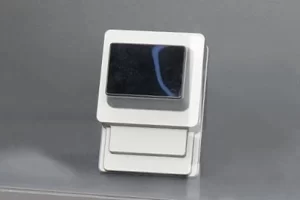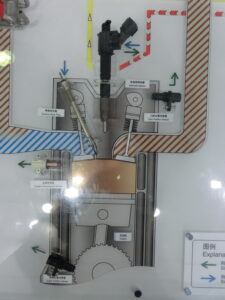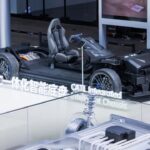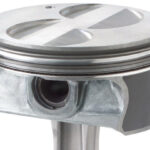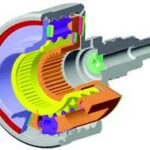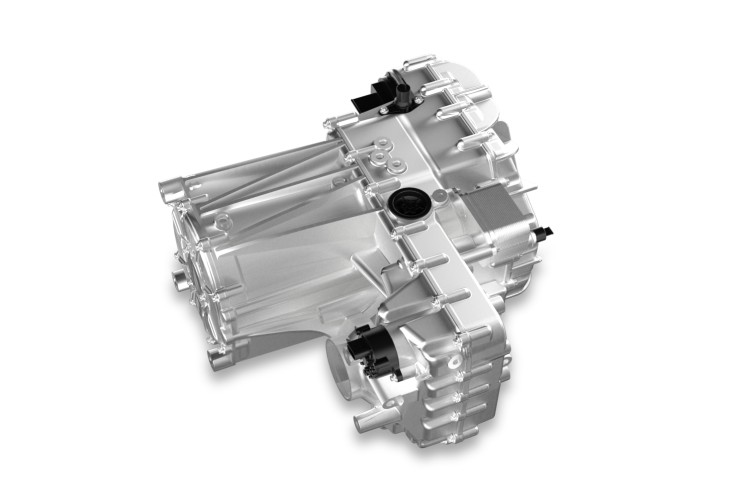
Sophisticated interface technology ensures optimum scalability in the new design of the electric drive.
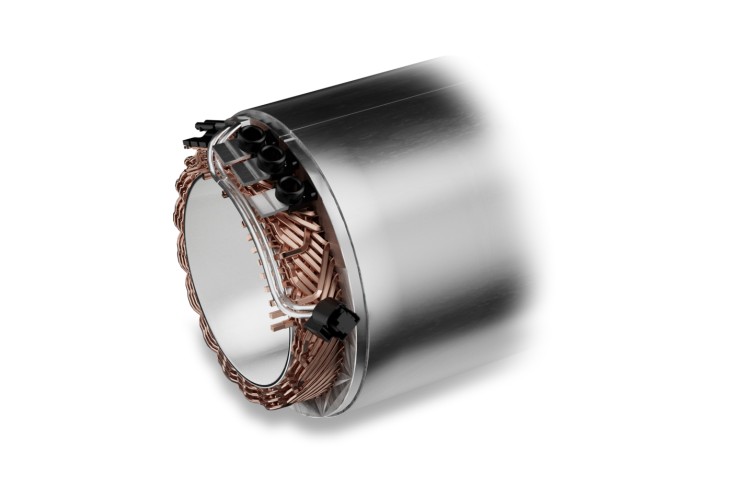
Thanks to the new cooling concept, ZF allows oil to flow directly around the copper rods – exactly at the point where most heat is generated during operation. Such highly efficient cooling significantly increases performance with the same weight and installation space. The continuous power of the electric motor is increased to up to 85 percent of the peak power. In addition, the use of heavy rare earths can be largely dispensed with, and the e-motor can thus be produced more sustainably. The braided winding technology developed by ZF, a further development of the “hairpin” winding, enables a total of 10 percent less installation space. The winding head alone is around 50 percent smaller than with conventional approaches. This means that around 10 percent less raw material is processed.
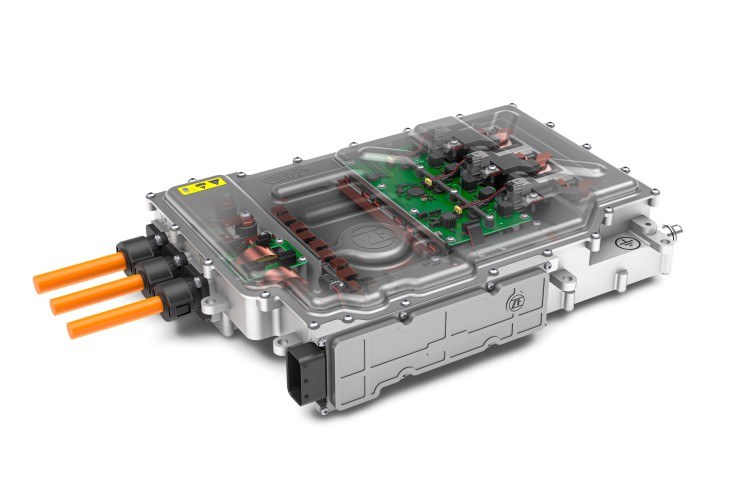
High-voltage converters (DC-DC converters) play a central role in fuel cell-powered electric drives. They compensate for the low output voltage and the strong voltage drop at high load of the fuel cells. The new high-voltage converter from the ZF power electronics platform, which was developed for passenger car and commercial vehicle applications, has a top value of 99.6 percent in terms of efficiency.
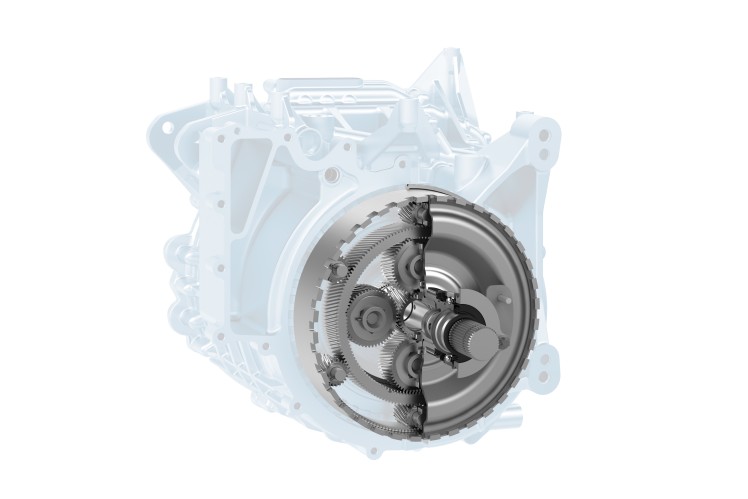
With its new coaxial reduction gearbox, ZF transfers its world-leading know-how in planetary gearboxes to the next generation of electric drives. Two integrated planetary gears not only generate the desired axle ratio, but also include the fully integrated differential function. Compared to common offset concepts, the new solution reduces weight and installation space requirements without compromising efficiency, noise, and vibration.

